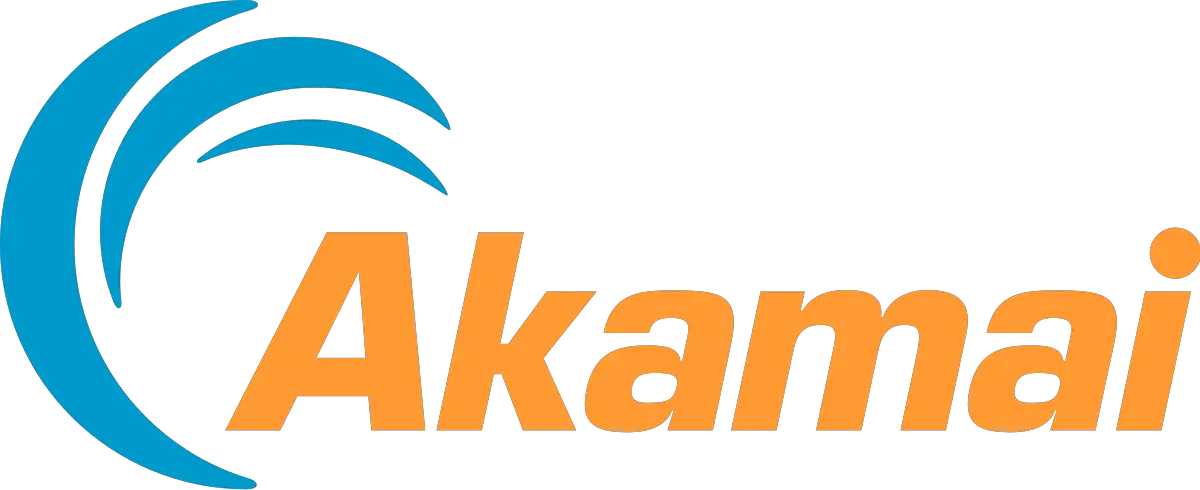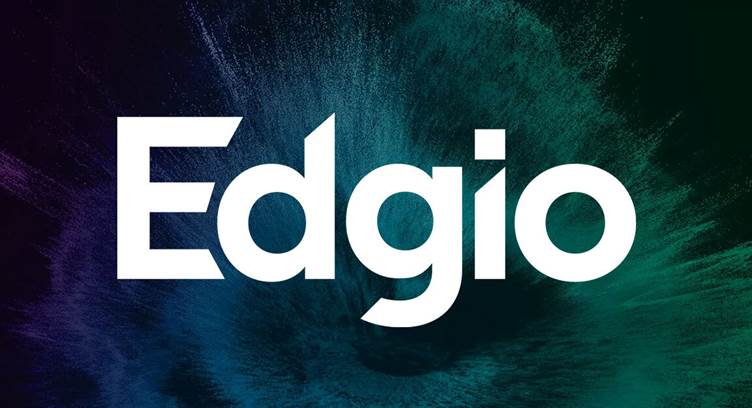Akamai’s Global CDN Strategies

Akamai, a leading provider of content delivery network (CDN) services, has established a comprehensive global network to deliver lightning-fast and reliable content to users worldwide. Its CDN strategies include:

1. Extensive Network Coverage:

- Akamai operates a massive, geographically distributed network with points of presence (PoPs) in over 135 countries.
- This wide coverage ensures that content is served to users from the nearest PoP, minimizing latency and improving performance.
2. Edge Computing:
- Akamai leverages edge computing capabilities to deploy its services closer to end users.
- This allows it to process content and deliver it directly from the edge, reducing the distance it has to travel and further reducing latency.
3. Content Caching:
- Akamai caches popular content at strategic locations across its network.
- This strategy ensures that frequently accessed content can be served from the nearest PoP, rather than having to retrieve it from the origin server, significantly improving load times.
4. Intelligent Routing:
- Akamai’s intelligent routing system monitors network conditions in real-time.
- It automatically adjusts traffic flow to avoid congestion and route content through the most optimal paths, optimizing delivery performance.
5. DDoS Mitigation:
- Akamai offers comprehensive DDoS mitigation services to protect its customers from malicious attacks.
- Its global network acts as a distributed shield, absorbing and mitigating DDoS attacks, ensuring that content remains accessible to legitimate users.
Competitors’ CDN Strategies
Akamai faces competition from several other CDN providers, each with its unique strategies:
CloudFlare:
- CloudFlare employs a large, globally distributed network with over 250 PoPs.
- It emphasizes website performance and security, offering services such as DNS and web application firewall.
Amazon CloudFront:
- Amazon CloudFront is Amazon Web Services’ (AWS) CDN service.
- It integrates seamlessly with AWS services, making it convenient for businesses that rely on AWS infrastructure.
Google Cloud CDN:
- Google Cloud CDN is Google’s CDN service, offering integration with Google Cloud Platform (GCP).
- It leverages Google’s global network infrastructure and provides advanced features for video streaming.
Fastly:
- Fastly focuses on high-performance CDN services with a focus on edge computing.
- Its network is designed to deliver low latency and support dynamic content at scale.
Edgecast:
- Edgecast, owned by Verizon, offers a global CDN with a focus on video delivery.
- It provides specialized solutions for video streaming, including adaptive bitrate (ABR) and live streaming capabilities.
Comparison of Strategies
| Feature | Akamai | CloudFlare | Amazon CloudFront | Google Cloud CDN | Fastly | Edgecast |
|—|—|—|—|—|—|—|—|
| Network Coverage | 135+ countries | 250+ PoPs | Global | Global | Global | Global |
| Edge Computing | Yes | Yes | No | Yes | Yes | No |
| Content Caching | Yes | Yes | Yes | Yes | Yes | Yes |
| Intelligent Routing | Yes | Yes | No | Yes | Yes | No |
| DDoS Mitigation | Yes | Yes | Yes | Yes | Yes | Yes |
| Website Performance | High | High | High | High | Very High | Medium |
| Security | High | High | Medium | High | Medium | Medium |
| Video Streaming | Good | Medium | Good | Very Good | Very High | Very High |
| Integration | Multiple Platforms | Multiple Platforms | AWS | GCP | Multiple Platforms | Video Delivery |
Conclusion
Akamai and its competitors employ a range of strategies to deliver high-performing CDN services globally. Akamai’s extensive network coverage, edge computing capabilities, and advanced routing techniques make it a leader in the industry. However, competitors offer their own advantages, such as seamless integration with cloud platforms and specialized video streaming solutions. Businesses should evaluate the specific needs of their applications and select the CDN provider that best meets their requirements.## Exploring The Global CDN Strategies Of Akamai And Its Competitors
Executive Summary
This comprehensive article delves into the global CDN strategies of industry leader Akamai and its formidable competitors, examining their techniques, market share, and the competitive landscape. It provides valuable insights for businesses seeking to optimize their content delivery and enhance their online presence.
Introduction
Content delivery networks (CDNs) have become indispensable for delivering seamless online experiences, enabling fast and reliable access to content across the globe. This article explores the strategies employed by Akamai, the leading CDN provider, and its competitors to gain a competitive edge in this rapidly evolving market.
Frequently Asked Questions (FAQs)
Q: What is a CDN?
A: A CDN is a geographically distributed network of servers that caches content closer to end-users, reducing latency and improving the speed and reliability of content delivery.
Q: Why is Akamai the leading CDN provider?
A: Akamai has established itself as the industry leader through its extensive network, advanced technology, and proven reliability, serving a significant portion of the global internet traffic.
Q: What are the key factors driving CDN innovation?
A: The demand for faster content delivery, the proliferation of video streaming, and the growing adoption of cloud computing are key factors driving CDN innovation and growth.
CDN Market Landscape
The global CDN market is highly competitive, with numerous providers offering a range of services. Akamai, CloudFlare, and Fastly are the top three players, holding a combined market share of over 50%. Other notable competitors include Limelight Networks, Verizon Media, and Amazon Web Services (AWS).
Akamai’s Global CDN Strategy
Akamai’s global CDN strategy is focused on providing an unparalleled level of performance, security, and scale to its customers. The company’s extensive network of over 4,000 servers and 130 points of presence (PoPs) ensures that content is delivered from the closest possible location to end-users.
- High-Performance Network: Akamai’s purpose-built network is optimized for low latency and high throughput, ensuring fast and reliable content delivery.
- Advanced Caching Techniques: The company employs advanced caching algorithms and techniques to minimize latency and reduce the load on origin servers.
- Edge Security: Akamai offers a comprehensive suite of security services, including DDoS protection, web application firewall (WAF), and threat intelligence, to protect customer content and applications.
- Cloud Integration: Akamai seamlessly integrates with major cloud providers such as AWS, Microsoft Azure, and Google Cloud Platform to provide a hybrid cloud solution.
Competitors’ Strategies
Akamai’s competitors have adopted different strategies to differentiate themselves and gain market share.
CloudFlare’s Strategy
CloudFlare focuses on providing a comprehensive suite of security and performance services in an affordable package. The company’s CDN is integrated with its security offerings, offering a simplified and cost-effective solution for businesses.
- Cloud-Based Security: CloudFlare’s cloud-based security platform offers a wide range of services, including DDoS protection, WAF, and bot management.
- Geographic Expansion: The company is rapidly expanding its global network, with a focus on emerging markets and underserved regions.
- Partnerships: CloudFlare has established strategic partnerships with major cloud providers and internet service providers (ISPs) to extend its reach and improve performance.
Fastly’s Strategy
Fastly emphasizes speed and flexibility in its CDN offerings. The company’s platform is designed to handle high-traffic spikes and deliver content with ultra-low latency.
- Serverless CDN: Fastly’s serverless CDN eliminates the need for managing and provisioning servers, allowing customers to focus on content delivery and performance.
- Edge Compute: The company’s edge compute platform enables businesses to run code and applications closer to end-users, reducing latency and improving responsiveness.
- Developer-Friendly: Fastly provides a developer-centric platform with a comprehensive set of tools and APIs for easy integration and customization.
Limelight Networks’ Strategy
Limelight Networks targets the media and entertainment industry with its specialized CDN offerings. The company’s solutions are tailored to meet the unique requirements of video streaming, OTT delivery, and live events.
- Media-Centric CDN: Limelight’s CDN is optimized for delivering high-quality video content with minimal buffering and interruptions.
- Real-Time Streaming: The company’s platform supports live and on-demand streaming, enabling broadcasters and content creators to deliver real-time content seamlessly.
- Global Reach: Limelight has a global network of PoPs, ensuring that content is delivered with optimal performance in all major markets.
Verizon Media’s Strategy
Verizon Media leverages its extensive network and infrastructure to offer a comprehensive CDN solution for businesses. The company’s focus is on providing high-performance delivery, security, and analytics.
- Extensive Network: Verizon Media’s vast network of PoPs and fiber optic connectivity ensures fast and reliable content delivery.
- Security and Compliance: The company offers a range of security services, including DDoS protection and web filtering, to protect customer content and meet compliance requirements.
- Detailed Analytics: Verizon Media provides comprehensive analytics and reporting tools to help businesses optimize their content delivery and gain insights into user behavior.
Conclusion
The global CDN market is constantly evolving, with Akamai and its competitors vying for market share and offering innovative solutions to meet the growing demands of businesses and consumers. Akamai’s focus on performance, security, and scale remains the cornerstone of its success, while its competitors differentiate themselves with unique offerings such as cloud-based security, serverless CDN, and real-time streaming. As the market continues to expand and technologies advance, the CDN landscape will undoubtedly undergo further transformation, shaping the way content is delivered and accessed online.
Relevant Keyword Tags
- Content delivery network (CDN)
- Akamai CDN
- CDN market landscape
- CDN strategies
- Edge computing
